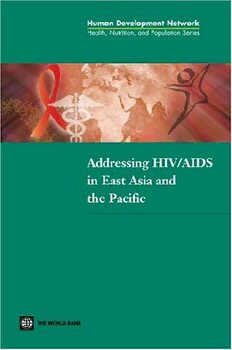
Addressing HIV/AIDS in East Asia and the Pacific PDF
132 Pages·2004·1.328 MB·English
Most books are stored in the elastic cloud where traffic is expensive. For this reason, we have a limit on daily download.
Preview Addressing HIV/AIDS in East Asia and the Pacific
Description:
With almost half the world¡¯s population, Asia will determine the future of the global HIV/AIDS pandemic. There is a significant risk of a large-scale HIV/AIDS epidemic in the region. And many countries have already begun the fight: lessons have been learned in various contexts, including experiences from Thailand, the Philippines, Indonesia, and Papua New Guinea. Governments, civil society, and other partners are key players in this response. However, with new methods of funding, issues of capacity, and an evolving epidemic, responses must take into account five key challenges: political commitment and multisectoral support; public health surveillance and monitoring and evaluation; prevention; care, support, and treatment; and health services delivery. Addressing HIV/AIDS in East Asia and the Pacific identifies options for how the World Bank, in close partnership with government, civil society and other partners, can assist in the response at the country and regional levels. It stresses the need for country specific strategies to address the diversity of issues within the region and highlights the importance of analytic and advisory work in this area to support ongoing and planned programs as well as capacity building efforts.
See more
The list of books you might like
Most books are stored in the elastic cloud where traffic is expensive. For this reason, we have a limit on daily download.
